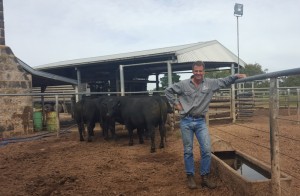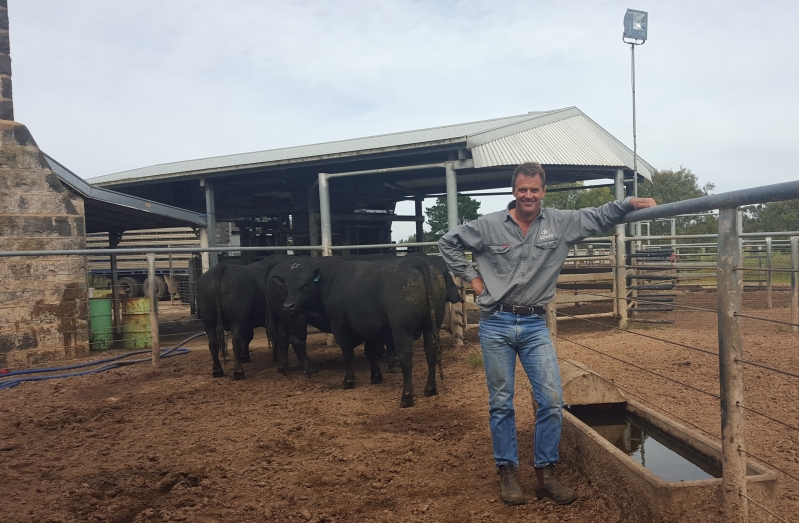By Laura Griffin, Stock & Land, Thursday, November 26, 2015
In the more than 20 years Jim Green has been working with some of Australia’s leading beef studs, he has seen dramatic improvements in the Australian beef herd.
Mr Green of Greens Livestock Services, Yamba, NSW, structurally assesses and scans the carcase traits of cattle from herds throughout the eastern states. His clients include Te Mania, Dunoon, Lawsons and Rennylea.
Involvement with cattle studs runs in his blood, with both grandfathers and his father having studs.
Mr Green got his start in the service industry through artificial insemination work, validating research and then moved to assess cattle for leading stud herds, which he has been doing for 26 years.
He is now working with the second generation of stud principals/managers and said breeders were conscientious of structure.
“Cattle have improved in the 26 years because the data breeders collect, not just on structure but also on weights, scrotal measurements and others, has led to genetic advances,” Mr Green said.
“They are vital to improving productivity and profits – and while it is always a struggle to make a profit, without this work, farmers would have been going backwards.”
Mr Green said having a person independent of the breeder’s business to go through and cull any animals with structural faults gave buyers confidence.
Te Mania’s Tom Gubbins will talk about the operation’s structure assessment program, that has involved independent assessments by Jim Green, since 1994.
Structure is vital for breeding programs’ profitability – if a bull cannot move comfortably, it will not perform to a successful conception rate – as well as in feedlots.
“When some cattle are putting weight on rapidly, they can break down if not structurally correct – and if it costs $3 to $4 a day to fed animals, and they only get through half, you only get the cull rate and miss out on a carcase that is potentially worth thousands,” he said.
The main structural issue for which Mr Green culls animals is bad feet, but he said that usually indicated a problem with “something higher” on the animal, such as in its hip or shoulders, which is harder to detect directly. Leg and feet structure is highly heritable.
“The analogy I use is if your car tyres are wearing unevenly, it’s not a problem with your tyres but a problem with the car,” he said.
Producers will be able to see Mr Green in action at Field Day on Monday December 7, from 3pm, at Te Mania Mortlake.
He will be assessing 650 14-month-old bulls and will explain the Beef Structural Assessment System, and why structure is so important.
